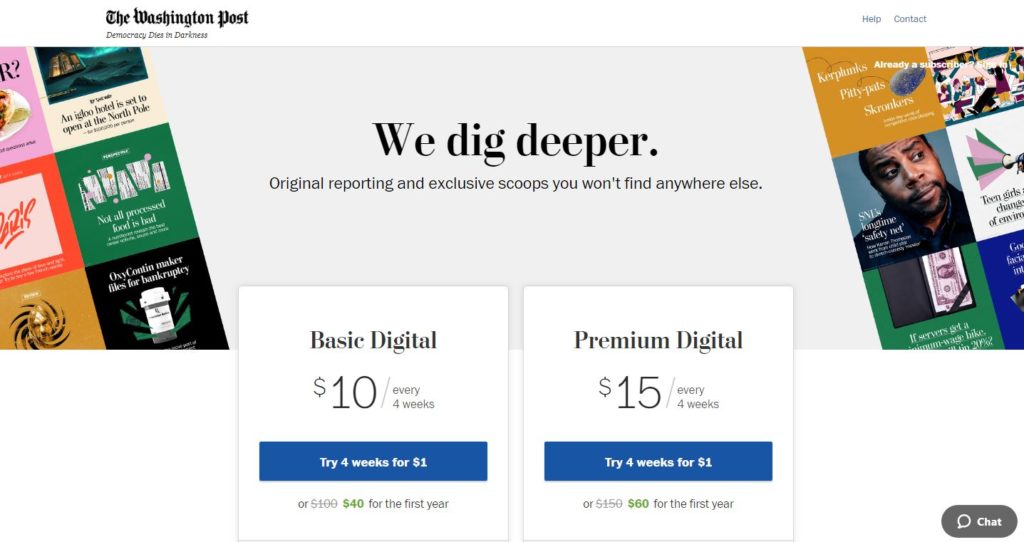
The absurdly ironic agony and ecstasy of digital news
Opinion by Terry Miller
The immortal words of Ronald Reagan “Tear down this wall,” also known as the Berlin Wall Speech, was a speech the late President gave in West Berlin on Friday, June 12, 1987. The vernacular was consequential in its audacity, serving as one of the “signature moments during the final stages of the Cold War,” according to Britannica.com. Two years later, the Berlin Wall fell and a new chapter in freedom was written.
In the eternal quest for news on our laptops or smartphones, consumers are incessantly assaulted with demands for money, if you want to read the overall story.
While somewhat metaphorical, the digital paywall embodies a threat to a free press. The digital age, in which we attempt to thrive and survive, sees the cost for obtaining accurate, reliable information grow exponentially. Unparalleled, in modern times.
Over the past 25 years, the once-profitable newspaper industry has endured instability due to changing technologies and difficulties securing capital. Total U.S. daily newspaper circulation is estimated to have dropped from 62 million weekday subscriptions in 1990 to 31 million in 2017, according to the Pew Research Center.
Oh yes, one can get “news” from Facebook and Twitter—and any number of what I like to call “anti-social media” sites—that smack of “news” but heaven forbid you should want to go to the old grey lady, The New York Times, on your rotary dial iPhone, you’ll be hard-pressed to read anything with that horrid and infuriating barricade the paywall.
Being in the newspaper business for 35 years has taught me a thing or two. People still like to read. The thirst for news and honest dialog will never die (no matter how many sites proclaim to be anything but diatribe).
The irony of the digital subscription, to me, is more like a wishing well for publishers. The reader and the advertisers will never win. Simply, the paywall turns people off and digital advertising ultimately suffers the wrath of reader rejection.
We at Beacon Media, as with some of our colleagues in the industry, have decided that a free press is just that. We will never—fingers crossed—build a wall to keep people from reading our original, local news, sports and entertainment online.

Presenting, local community news is expensive, yes. But the cost to the community is staggering if you consider charging people to read about city council’s latest decision(s) and declarations.
If you’ll kindly indulge me and pardon the pun, paywalls simply don’t make cents.
In a Forbes article on Aug. 1, the headline castigated greedy media moguls: “Why Paywalls Aren’t Always the Answer For Newspapers.” The article reads in part:
“Media outlets large and small have adopted digital paywalls to augment dramatic declines in print revenues, but given their negative effect on website traffic (and, in turn, online advertising), are paywalls an effective sales strategy?
“A new study that incorporates data on the four primary revenue components of traditional newspaper companies—print subscription, print advertising, digital subscription, and digital advertising—finds that for companies with high circulations and large amounts of exclusive content, paywalls can increase overall sales, often by increasing demand for print subscriptions.
“Newspapers with less exclusive content, however, have generally experienced losses when they started charging readers to access digital editions, according to the research, which studied major newspaper firms in the United States.”
Citing The American Press Institute, the article declares that growth in digital advertising revenue has failed to offset the decline in print advertising resulting in a hemorrhaging of newsroom jobs across the country and multiple mergers and acquisitions as companies struggle financially. As of 2015, 78% of U.S. newspapers (77 of 98 newspapers examined) with a daily circulation of over 50,000 were using a digital subscription model.
That figure has dropped significantly due to a number of factors. Perhaps one of the biggest is that there is too much information out in internet-land for us to read and inwardly digest. The pace too, is beyond fast—news now travels at nanoseconds compared to a mere few years ago.







